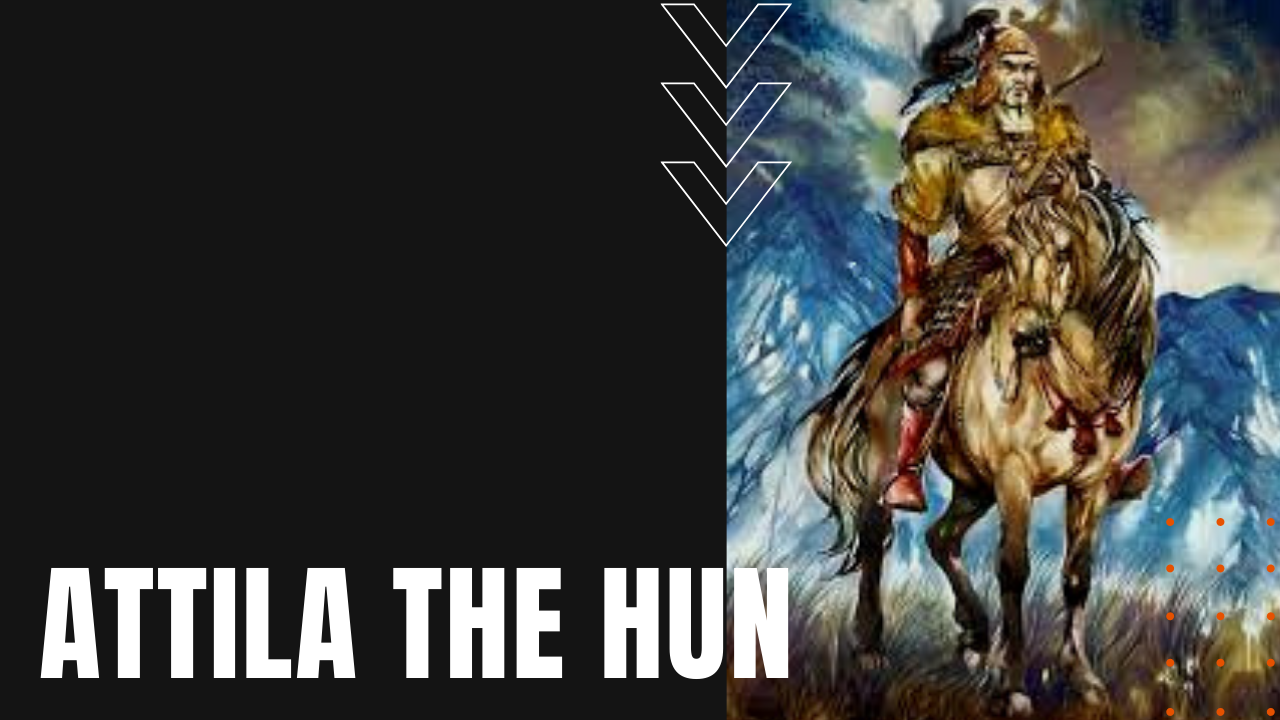Attila The Hun

Spanning more than eight centuries of terror, many scholars believe the Huns originated in the 4th century B.C. from the nomadic Xiongnu people, who terrorized China during the Qin and Han Dynasties, obliging the Chinese to construct the Great Wall in an attempt to shield themselves from Xiongnu invaders.
Known as masterful horsemen, most Hun males learned to ride by three years of age, when according to legend, their faces were cut with a sword to teach them how to endure pain. Huns were also experienced archers who could strike an opponent from 80 yards away, while their ropes-manship skills allowed them to lasso an enemy before tearing them off their horses and dragging them to a painful, gruesome death.
Known for striking fear in the hearts of the peaceful, reports have survived about how Hun parents bound their male children’s heads, slowly deforming their skulls as they grew into manhood, which in turn gave each warrior a menacing, demonic appearance.
Who Was Attila The Hun?
The most menacing of all was Attila the Hun, who reigned from 434 to 453 A.D., and proved to be the last strong leader in a long succession of Hun rulers. According to written accounts, after the Eastern Roman Empire failed to pay Attila his annual tribute in 441 A.D., Attila and his army stormed their way through the Balkans and the Danubian frontier, pillaging their way to the gates of Constantinople, where Attila earned the nickname “the scourge of God.”
Unable to breach the city walls, Attila agreed to another peace treaty, replete with a staggering annual tribute of 2,100 pounds of gold. After murdering his co-ruling brother in 445 A.D., Attila again pillaged his way through the Balkans, invading modern-day France, northern Italy and western Germany by 451 A.D., until his virtually unimpeded advance was finally thwarted by a Roman alliance with the Visigoths and other barbarian tribes at the Battle of the Catalaunian Plains in eastern France.
After the tense engagement had taken the lives of tens of thousands of soldiers—lasting most of the day and well into the night—Attila slipped the field in what would prove to be his only military defeat.
How Did Attila The Hun Die?
Returning home to the Great Hungarian Plain, when Eastern Roman Emperor Marcian refused to pay Attila his previously agreed upon annual tribute, in 453 A.D., Attila regrouped his forces after a failed invasion of Italy, assembling his warriors for yet another attack on Constantinople, but before he could begin his advance he was found dead on his wedding night to his latest bride, after he choked on his own blood while in a drunken stupor.
By 469 A.D. the Hun Empire had collapsed into civil war and ruin, making Attila the Hun the last vestige of terror, following centuries of Hun-inspired carnage and fear.
